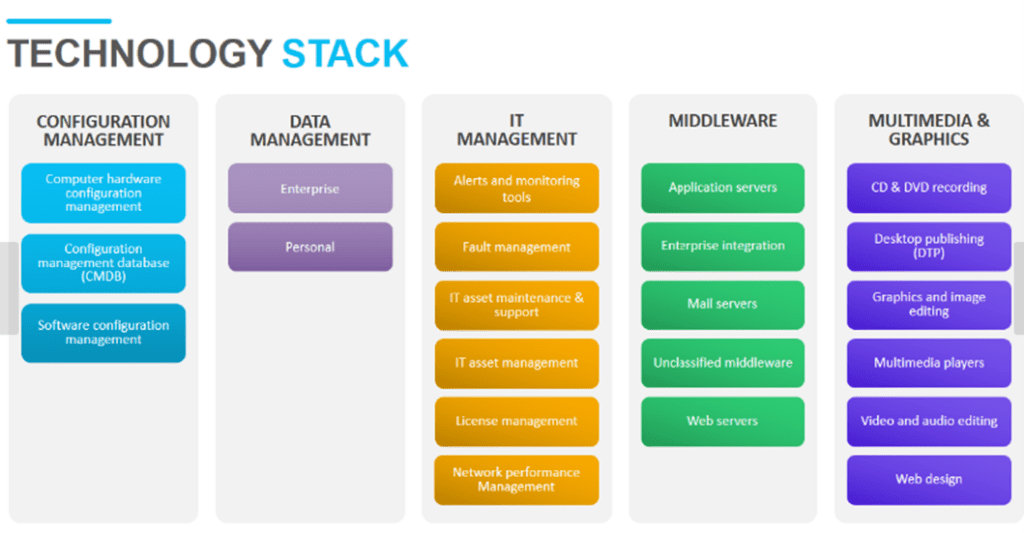If you are a Private Equity organization operating in the lower middle and middle market, you have likely encountered unique challenges post-acquisition within your portfolio companies — especially in areas relating to actual profitability, working capital, and post-acquisition profitability. As a business consulting firm with 2 decades of performance and process improvement consulting and solutions, we’ve uncovered a list of common setbacks/unknowns that were missed in the pre-acquisition phase which directly impacted working capital and future profitability.
Many of these operational risks were the root causes of what we had been called in to mitigate. Therefore, we suggest ensuring the following list of recommendations be included in your pre-acquisition process as they will directly influence future target decisions and negotiations. From our consulting experience, these areas are not getting enough attention:
The quality and quantity of your operational diligence process in the pre-acquisition phase can’t be underestimated. You may have found that there is a tendency among due diligence practitioners to inflate future operational savings in order to secure post-acquisition consulting work. This often results in overly aggressive projections which, down the line, become unrealistic and deflate your investment potential.
To mitigate this:
Change management plays such a critical role in successful acquisitions. Overlooking the human element can render even the best-laid plans ineffective. The ‘change readiness’ of your target is often overlooked and the penalties later post-acquisition can be orders of magnitude higher than the initial investment.
Key points for consideration include:
Inclusive Planning: Involve those who will continue to be part of the organization post-acquisition in the ‘go forward’ planning. Ensure synergies are achievable through collaboration which requires both top-down and bottom-up engagement of stakeholders.
Stay Agreements and Board Appointments: Get creative with stay agreements and board appointments as there are finite thresholds for ‘change’ tolerance, beyond which you can lose key talent.

A close-up of a person pointing at a blueprint
Description automatically generatedPre-acquisition diligence often neglects the importance of physical space requirements and supply chain assets. These components can significantly influence profitability and operational efficiency down the line, especially if rationalization / centralization is a future strategy.
To optimize physical space:

While financial due diligence is not our area of expertise, when working on portfolio companies we have witnessed setbacks caused by limited access to cash and effective working capital which is crucial given the current cost of debt and leverage constraints.
Strategies to include:
Cash Flow Sensitivity Analysis: Conduct a thorough pre-acquisition analysis of future cash flow management, including receivables, payables, and inventory levels. Don’t just rely on a DCF to determine valuation, assess the multiple layers of realistic pro formas to include the cost of debt.
Cash to Cash Cycle Data Integrity and Analysis: Are there data integrity challenges related to AP/AR cycles? Hidden non-value-added time and inefficiencies latent in this process are caught early in diligence which can help emphasize data infrastructure work that will be required from the start, versus an afterthought. Reducing this lead time can have a significant impact on cash.
Optimize Inventory Levels: Scrutinize current inventory management practices to uncover inefficiencies and opportunities for optimization down the road, especially in the context of immediate visibility and lean stock levels (for both ‘make to stock’, ‘make to order’ and hybrid environments).
Technological challenges often arise post-acquisition, particularly in organizations with diverse tech stacks resulting from multiple legacy systems and/or prior acquisitions.
Strategies to include:

Embrace generative AI but with cautious optimism. While AI can revolutionize operations, its deployment is often less mature than advertised, especially in the mid-market.
Actions to take:
Evaluate Actual vs. Stated Competencies: Deeply probe any claims of AI competencies as real-world effectiveness can often trail behind what was promoted. This also relates to tech departmental capabilities or individual capabilities which do not translate to organizational capabilities.
Plan for Incremental Integration: Be realistic about the support and education required for successful AI integration. Gradual deliberate adoption often yields better results than swift, sweeping changes, depending on the use case.
The diligence phase of any acquisition will influence the future success of your acquisition as well as your PE firm’s track record. By addressing these identified diligence strategies — operational thoroughness, change management, physical asset evaluation, cash flow scrutiny, technological integration, and realistic AI assessment — you should be better prepared to capture the opportunities down the road.
Pre-acquisition planning is not just about identifying opportunities but also effectively laying the groundwork for successful implementation of initiatives post-acquisition. By embedding these strategies into your diligence processes, your PE firm can enhance the profitability, working capital management, and future valuation of your portfolio companies, setting the stage for sustained growth and robust returns on investment. Shape

If you want to improve your operational due diligence process and outcomes, The Poirier Group offers expert guidance and bespoke consulting services tailored to enhance your operational diligence processes and drive long-term success. We provide pre-acquisition consulting and value creation solutions with partial or full implementation as required depending on the capabilities and availability of in-house resources to meet your objectives and timelines.
With almost 2 decades of experience creating sustainable transformations, we have demonstrated our value in serving the highest good of the organizations we’re connected to.
Reach out if you have a question or want to share your latest opportunity. We’d be happy to have a look and begin the conversation.
Stay connected with us on LinkedIn for more insights and updates.